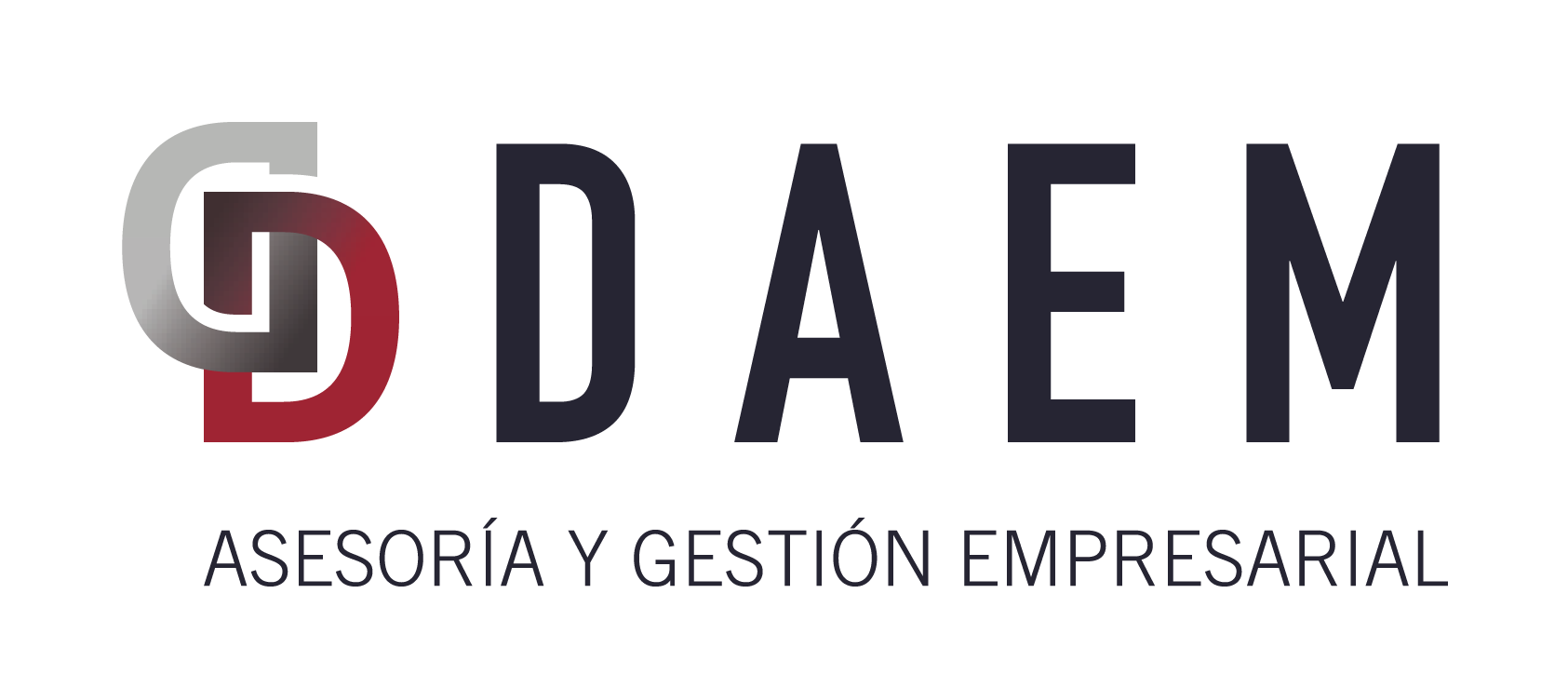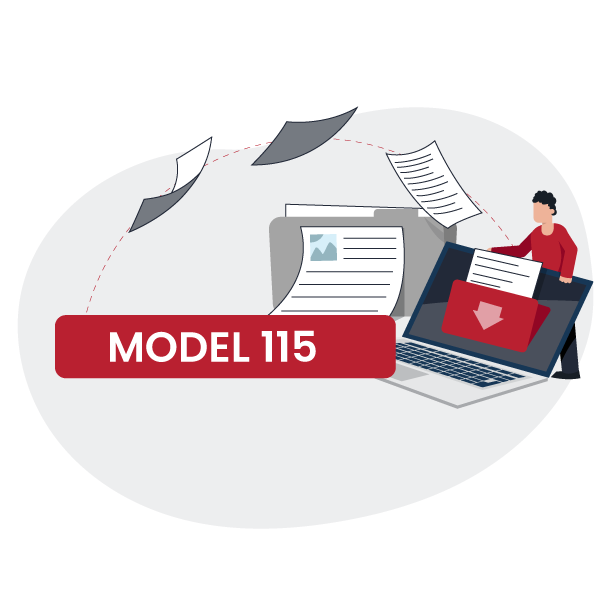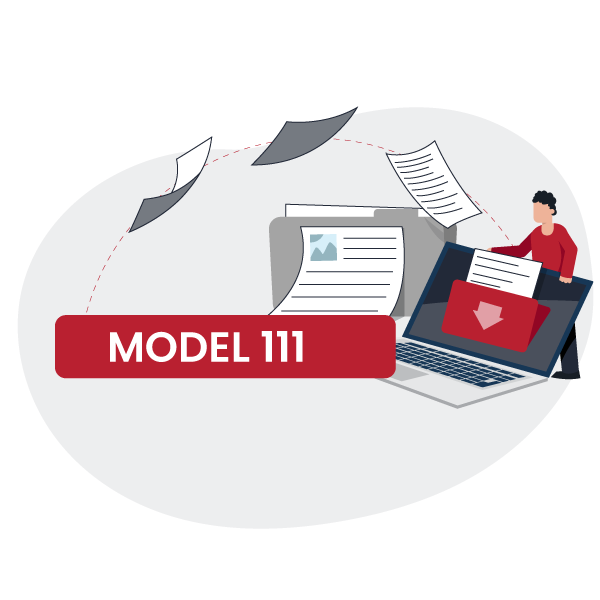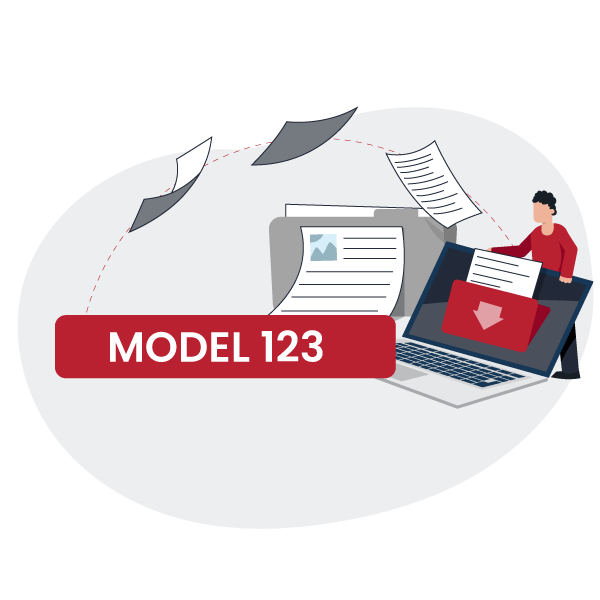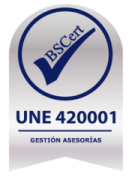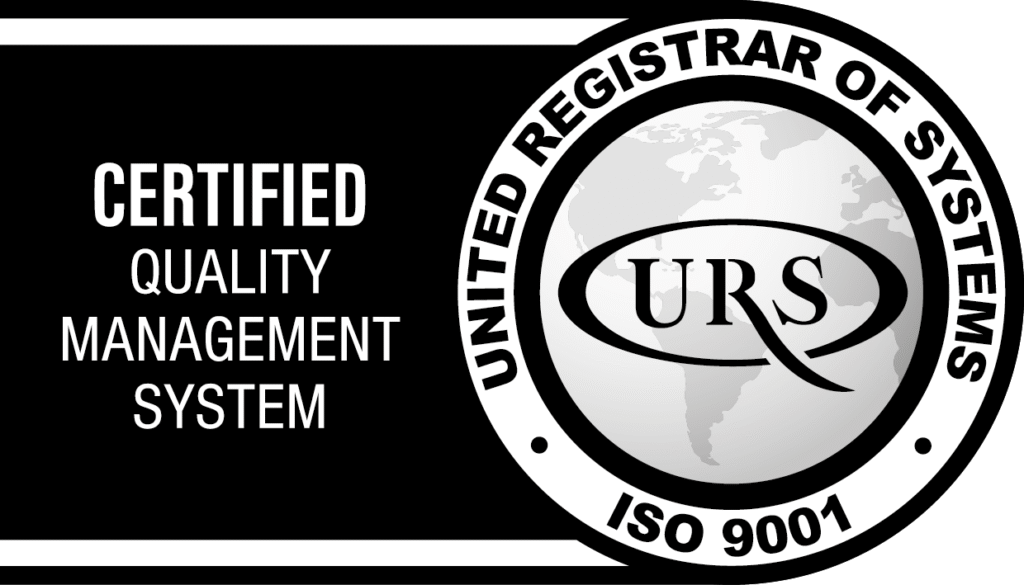Understanding how Model 115 works and its usefulness is fundamental if you rent or plan to rent premises for your business activity.
This model is used to declare the withholdings applied to payments for urban property rentals. Furthermore, it is directly related to Model 180, which acts as the annual summary of these withholdings.
Below, we explain in detail what Model 115 consists of, who is obligated to submit it, when it’s submitted, and what implications arise from not complying with this tax obligation within the established deadlines.
And remember: if you have any questions about this process, you can count on us. As a tax advisory firm, we are here to help you correctly manage this documentation and avoid unnecessary penalties.
What is Model 115?
Model 115 is the declaration that freelancers and companies must submit to the Tax Agency to settle the withholdings applied for IRPF (or Corporate Income Tax, in the case of companies) related to the rental of urban properties.
It is a self-assessment with quarterly periodicity, and its corresponding annual summary is submitted via Model 180 in January of the following fiscal year.
Who Must Submit Model 115?
Individuals (freelancers) or legal entities (companies) who pay rent subject to withholding, such as offices, commercial premises, professional offices, workshops, or warehouses used for developing an economic activity, are obliged to submit it.
- If the landlord is an individual, the withholding corresponds to IRPF.
- If the landlord is a company, the withholding is applied to Corporate Income Tax.
Before submitting Model 115, it’s necessary to inform the Tax Agency of this obligation using Model 036 or 037.
The usual withholding to apply to rental invoices is 19%.
Cases Exempt from Model 115
Model 115 does not need to be submitted in the following situations:
- Rental of housing intended for employees by the company.
- Rents paid to the same landlord that do not exceed 900 euros annually.
- When the landlord provides an exemption certificate issued by the Tax Agency.
- Financial lease (leasing) contracts.
- Rents paid to public utility entities exempt from Corporate Income Tax.
When Must Model 115 Be Submitted?
This model is submitted quarterly, within the first 20 calendar days of the month following the end of each quarter:
- 1st quarter: April 1st to 20th
- 2nd quarter: July 1st to 20th
- 3rd quarter: October 1st to 20th
- 4th quarter: January 1st to 20th
When opting for direct debit, the deadline is reduced to April 1st to 15th, July 1st to 15th, October 1st to 15th, and January 1st to 15th, respectively.
Monthly submission or requesting a postponement of this obligation is not possible. Therefore, it is essential to keep track of the tax calendar.
What Tax Function Does Model 115 Serve?
Model 115 informs the Tax Agency about the withholdings applied to urban property rental payments. Its purpose is to allow the Tax Agency to control and collect the amounts withheld on account of the IRPF or Corporate Income Tax from the landlord.
What Happens if You Submit Model 115 Late?
Submitting this model outside the legal deadline can lead to surcharges or penalties, the severity of which depends on whether there’s a Tax Agency request or if it’s a voluntary late submission:
Without a request:
- Delay < 3 months → 5% surcharge
- Delay between 3 and 6 months → 10% surcharge
- Between 6 and 12 months → 15% surcharge
- More than 12 months → 20% surcharge
With a Tax Agency request:
- Minor infraction → 50% penalty
- Serious infraction → 100% penalty
- Very serious infraction → 150% penalty
The best way to avoid these consequences is to comply punctually with the established dates and maintain proper accounting management.
What is the Relationship Between Model 180 and Model 115?
Model 180 is the annual summary of Model 115. Unlike Model 115, Model 180 does not involve payment, as it only reflects the informative data of the withholdings made during the year.
It is crucial that the data in Model 180 matches exactly the amounts declared in the quarterly Model 115s. Additionally, Model 180 identifies each recipient (landlord) and is used by the Tax Agency to prepare IRPF or Corporate Income Tax drafts.
Professional Tax Advice
At DAEM, we understand that complying with tax obligations can be complex. That’s why we offer you a team of tax advisors who will handle the submission of your tax forms, review your accounts, and ensure compliance with the tax calendar, so you can focus on your business.
Contact us and discover how we can help you save time, avoid penalties, and optimize your tax resources.
